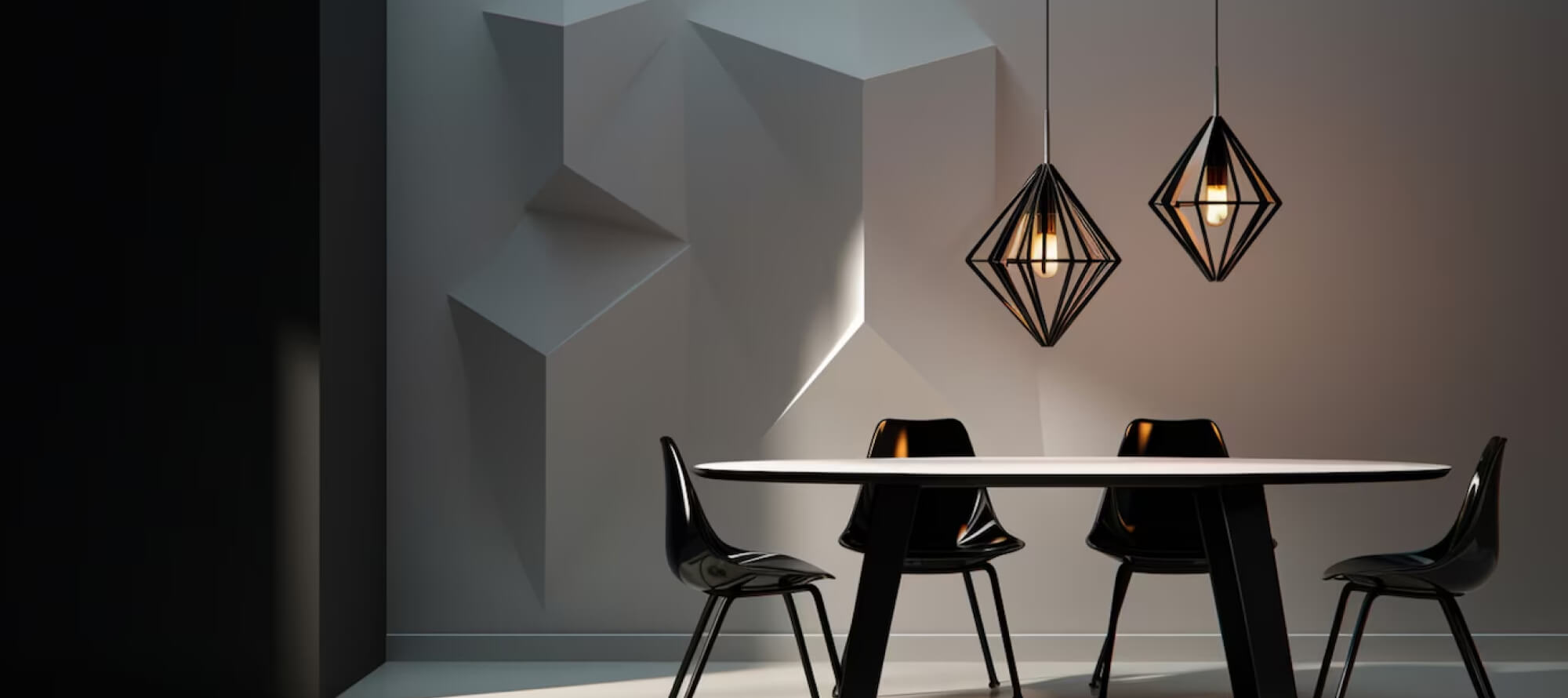The Elegance of Minimalism
Minimalist architectural design is celebrated for its simplicity and elegance, emphasizing clean lines, open spaces, and a limited color palette. This approach removes the unnecessary, focusing on functionality and the raw beauty of materials. Minimalism creates serene environments that promote a sense of calm and clarity, making it a popular choice for both residential and commercial spaces.
Minimalist aesthetics often include the use of neutral tones, natural light, and unadorned surfaces. This design philosophy isn’t just about looks—it’s also about practicality and sustainability. By reducing excess materials and prioritizing quality over quantity, minimalist architecture often results in more efficient and eco-friendly buildings. This approach is reflected in the careful selection of materials, efficient use of space, and a focus on harmonizing the structure with its surroundings.
Key Elements of Minimalist Architecture
Minimalist design is defined by several key elements that contribute to its unique aesthetic and functionality:
Simplicity in form and function: The design emphasizes essential elements, avoiding unnecessary ornamentation. Spaces are often open and uncluttered, with a clear purpose for each area.
Neutral color palette: Minimalist architecture typically features a restrained color scheme, often using neutral shades like white, gray, and black to create a calm and cohesive atmosphere.
Use of natural light: Large windows and open layouts maximize natural light, enhancing the feeling of openness and connection to the outdoors.
High-quality materials: Emphasis is placed on the authenticity and quality of materials such as wood, stone, and concrete, which are often left in their natural state to highlight their intrinsic beauty.
These elements combine to create spaces that are not only aesthetically pleasing but also functional and sustainable. The focus on quality materials and efficient design often results in lower maintenance and energy costs, making minimalist architecture a practical choice for many.
Minimalist architectural design offers a timeless and versatile approach focused on simplicity, functionality, and sustainability. By emphasizing the essential and removing the superfluous, minimalist architecture creates spaces that are both beautiful and practical. As the demand for sustainable and efficient living grows, the principles of minimalist design continue to resonate—offering a thoughtful, intentional path toward better architecture.




